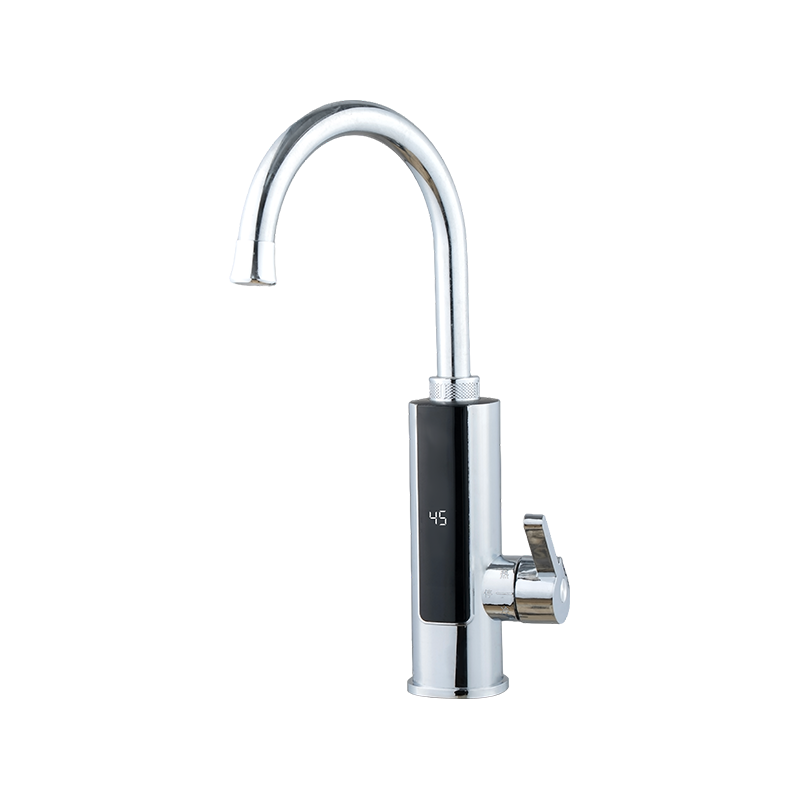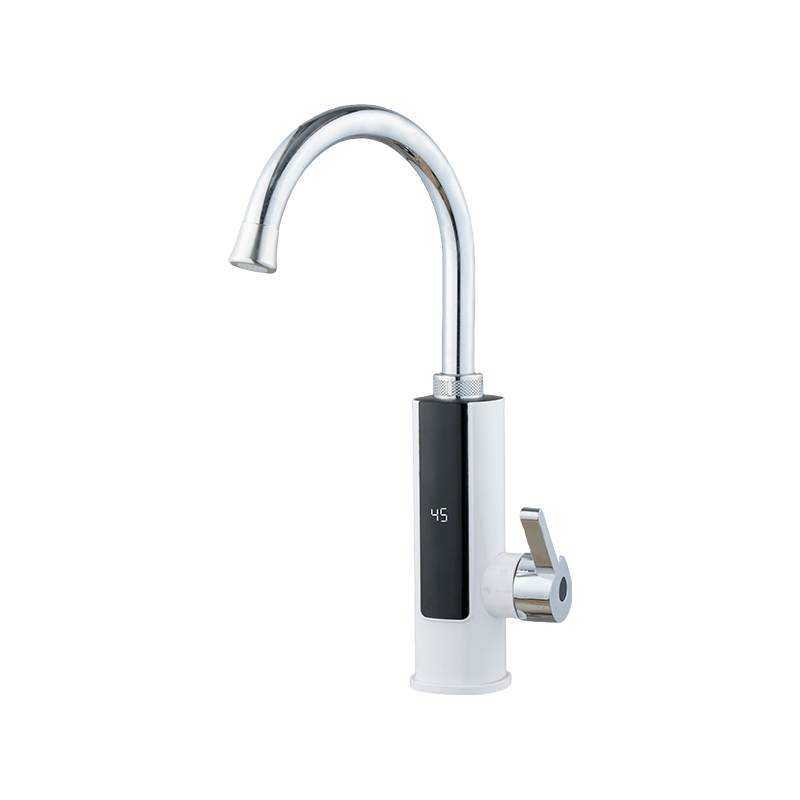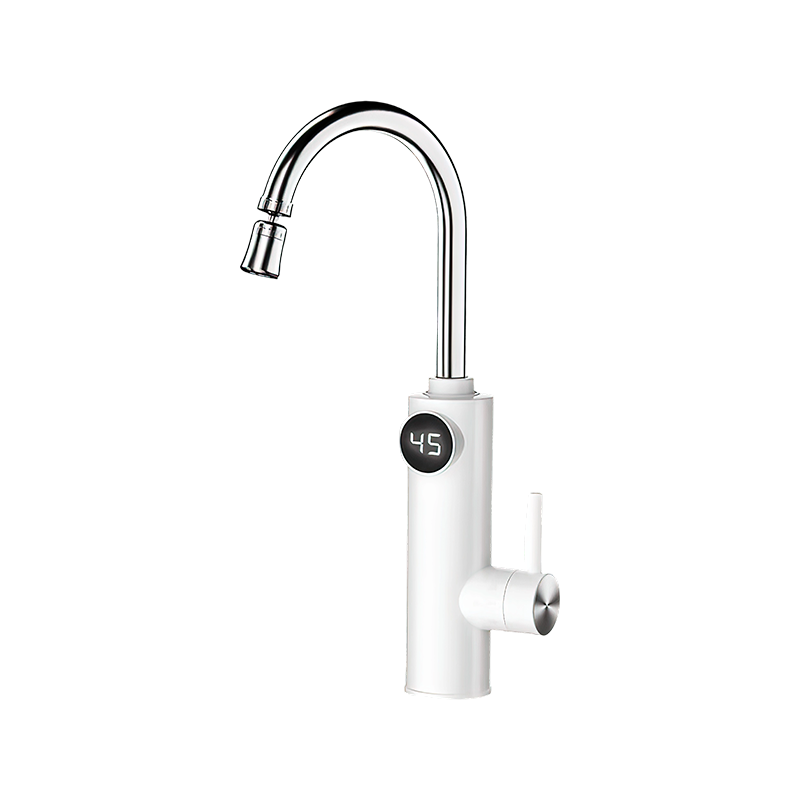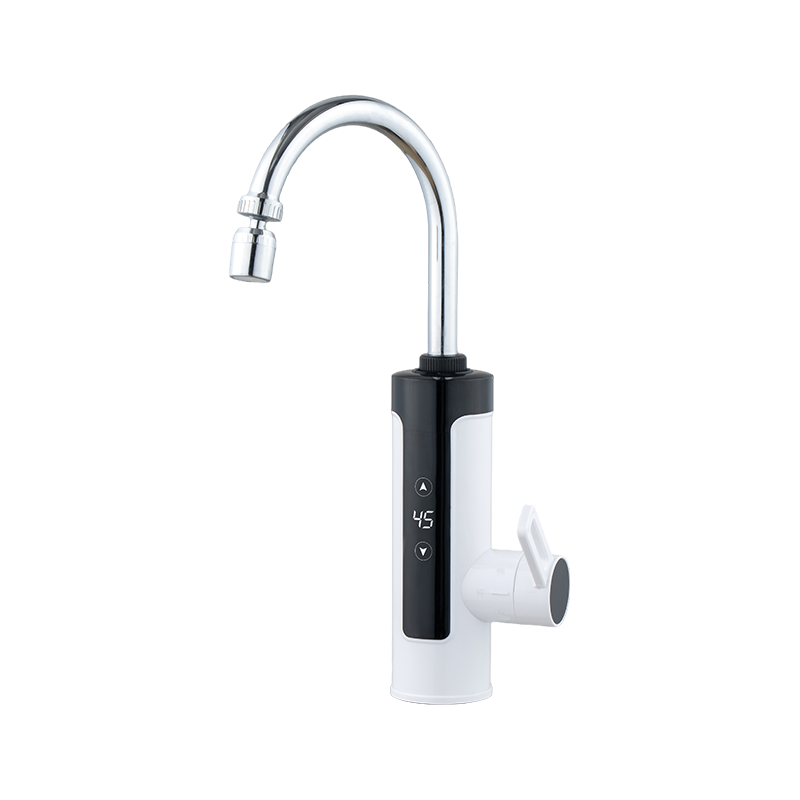Simple and fashionable becomes the mainstream in modern bathroom market
With the pursuit of quality of life by the post-80s consumer group, the rise of customization has driven the rise of the trend. From size to color to material and even personalized patterns, storage units, and accessories, users have absolute control over their bathrooms. Companies that provide customization have found a blue ocean in the fiercely competitive bathroom market through customization.
In the past, bathroom products were used to be defined as durable goods, and their value was only "practical"; now, bathrooms are not only defined as household items, but also an important label for home life, reflecting the owner's attitude towards life and aesthetic sentiment. The "internal and external cultivation" of bathroom products is reflected in the continuous improvement of functions while also stepping up the pace of catching up with the trend. In the context of practicality and aesthetics, the bathrooms of Chinese residents have also become a landscape.
Simple and fashionable style is the mainstream
Since the birth of bathrooms, simple style has occupied a place in product design. Although various design styles such as retro style and pastoral style have emerged in recent years, the dominant position of simple and fashionable style has not been shaken.
When too many functions and decorations become useless, consumers also feel tired of complicated bathroom designs. Abandoning flashy elements and carvings, simple and timeless lines without lack of fashion charm, bathroom designs with just the right functions, structures and designs have become the mainstream choice of Chinese families.
In recent years, the rise of the power of post-80s and post-90s consumers has injected an open gene into bathroom consumption. The use of colors in bathroom products has bid farewell to the conservative and single white in the past. The small fresh trend represented by candy colors has blown into the bathroom, and the bathroom world has become colorful. It would be ridiculous to talk about the quality of life without the proposition of safety and environmental protection. When bathrooms are linked to the quality of life, the safety index and green index are important yardsticks for measuring the living standards of bathrooms.



 English
English  Español
Español 














